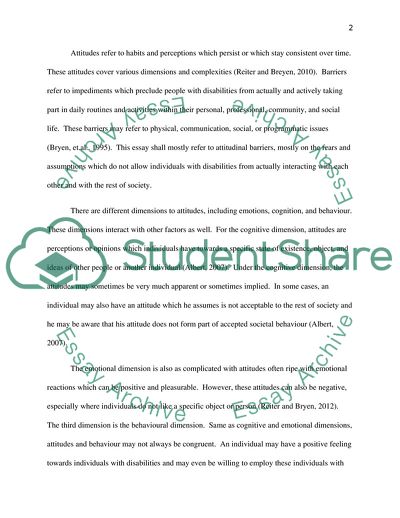Cite this document
(Independent Living of People With Disabilities Article Example | Topics and Well Written Essays - 3000 words, n.d.)
Independent Living of People With Disabilities Article Example | Topics and Well Written Essays - 3000 words. https://studentshare.org/sociology/1811819-independent-living-for-people-with-disabilities
Independent Living of People With Disabilities Article Example | Topics and Well Written Essays - 3000 words. https://studentshare.org/sociology/1811819-independent-living-for-people-with-disabilities
(Independent Living of People With Disabilities Article Example | Topics and Well Written Essays - 3000 Words)
Independent Living of People With Disabilities Article Example | Topics and Well Written Essays - 3000 Words. https://studentshare.org/sociology/1811819-independent-living-for-people-with-disabilities.
Independent Living of People With Disabilities Article Example | Topics and Well Written Essays - 3000 Words. https://studentshare.org/sociology/1811819-independent-living-for-people-with-disabilities.
“Independent Living of People With Disabilities Article Example | Topics and Well Written Essays - 3000 Words”. https://studentshare.org/sociology/1811819-independent-living-for-people-with-disabilities.


